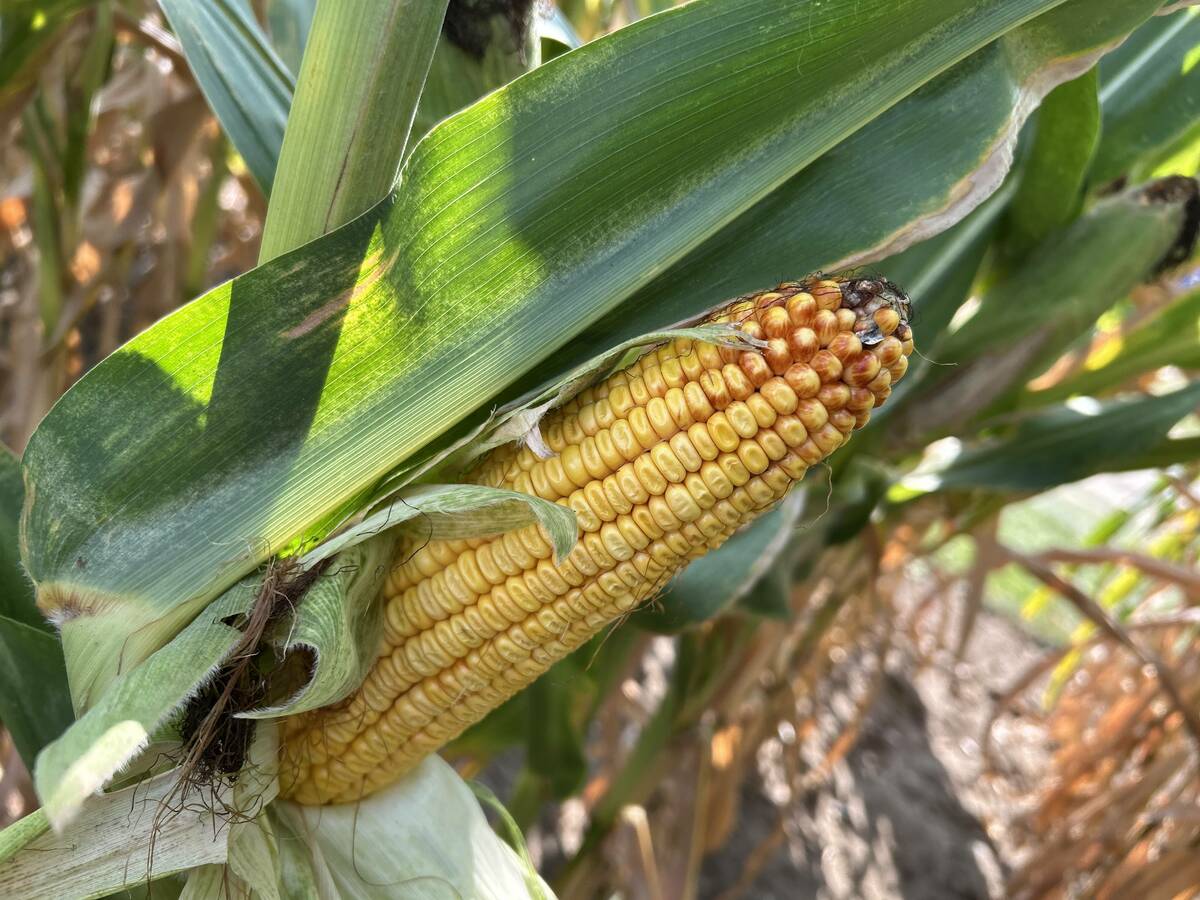ATLANTA &SASKATOON – Weather conditions around the globe are being factored into current and future prices, and those are affecting Canadian producers’ spring plans.
While North American grain production takes the winter off, growers in other regions are busy with their cropping activities.
Wheat prices might be one of the most affected crops by world weather this year.
Recent market activity on wheat has raised price outlooks for milling quality grain well above $8 per bushel with potential for even higher returns, say some analysts.
Read Also

Crop estimates show mixed results
Model-based estimates used by Statistics Canada showed the 2025/26 crop year has seen increases in canola, corn for grain, oats and lentils production while seeing dips in spring wheat, durum wheat, soybeans and barley in comparison to 2024/25.
Australia’s weather woes continue with heavy rain falling in Queensland, damaging cotton and sorghum crops.
Harvest in southeastern Australian continued this week, with much of the cereal crop showing sprouting and other damage because of previous moisture problems.
New South Wales crops were also plagued by excessive moisture, but high temperatures in the southern cereal producing region helped get the crop off in relatively good shape.
Yields were generally good, but quality is down overall, said agricultural economist Ron Plain of the University of Missouri.
He said the Australian situation might put additional feed grain into an already stressed marketplace, causing corn to pull back from its continued price rise.
“But that means there won’t be as much milling wheat out there, so watch what happens with Canadian and (American) crops (and inventory),” said the agricultural economist.
Gerald Bange, chief economist for the U.S. Department of Agriculture, told the American Farm Bureau Federation meeting in Atlanta that producers could see significant further price increases in wheat if more world weather problems occur.
Bruce Burnett of the Canadian Wheat Board told farmers at Crop Production Week in Saskatoon that Australia will be a significant feed wheat competitor in the next three to six months because of its weather damaged grain and drought effected yield.
“This is causing additional demand for high quality wheat with all of the buying markets,” he said.
“And there is a logistics issue that will also cause delays due to railway washouts in the eastern port areas such as around Brisbane. In other parts of the world, the crops look like they might be shaping up well.
“Morocco and Tunisia are in good condition with moisture. There will be a base of demand for durum from North Africa next year, though.”
Rain has been falling in Argentina with the greatest amounts accumulating in the corn and soybean belt from La Pampa to Salta and in western regions.
This has reversed what had been a dry spring for the central bean and corn area. Seeding is being completed in the northern areas.
Brazilian grain and oilseed farmers are enjoying rain at the right time of year, providing good early and mid-season growing conditions.
Bange feels La Nina might not be done with its effect on weather in North and South America.
Burnett said while some weather and agriculture analysts are suggesting the La Nina might hang on well into the growing season, he said typically these forces tend to wane on schedule and in this case it should be done by the end of April.
“But that might not be in time (to dry things out) for spring seeding in Western Canada,” he said.
Even an early ending would be too late to cause rain in the U.S. plains states where winter wheat crops in western Kansas are in trouble.
“If they don’t get some precipitation by the end of February or beginning of March, they will be hoping that crop insurance will let them reseed into sorghum or another short season crop,” he said.
Even if the U.S. wheat crop recovers, producers will likely have already reduced their fertilizer applications, meaning smaller yields and lower protein are guaranteed no matter how much rain arrives.
That will cause an even tighter supply of high quality wheat and push prices higher for the 2011 crop.
Western Spain continues wet, creating yield concerns, while in the east and in Italy and Greece, crops such as durum are developing well. Winter crops are snow covered in most of northern Europe and so far are in good condition.
Winter crops have fared well In much of Eastern Europe, with adequate snow cover.
Ukraine might be one of the first high quality winter wheat crops to reach markets in 2011. It remains in good condition after a mild winter with average snow cover.
Bange said weather did improve in Russia and Eastern Europe, but the forecast is gloomy for Kazakhstan and other Black Sea exporters.
“It is always a 50-50 chance they won’t get a crop there, so that could further restrict supply (of wheat) if that crop doesn’t do well,” he said.
Weather has been favourable for a large durum crop in northern Africa, but world stocks and production are down and prices should return to a premium to hard red spring wheat by September, even with good yields there, said Burnett.
Most of the Middle East saw generally good growing conditions. Turkey also reports healthy cereal crops with good crop establishment in the south and excellent moisture conditions.
The snow cover in the north is better than average.
Most of Western Canada went into winter wet.














